Summary
A Portal to Ancient Indian Artistry
The Lomas Rishi Cave is a sacred gem nestled in the Barabar Hills of Bihar, India. This grand historical site showcases India’s rich cultural heritage. Visitors are often spellbound by the intricate carvings and the cave’s alluring entrance. Designed to resemble the wooden architecture of ancient Indian sanctuaries, it serves as a testament to the skilled craftsmanship of the Mauryan period. The intricate details carved in the facade reflect stories of ascetic life and religious fervor that have captivated historians and tourists alike.
Get your dose of History via Email
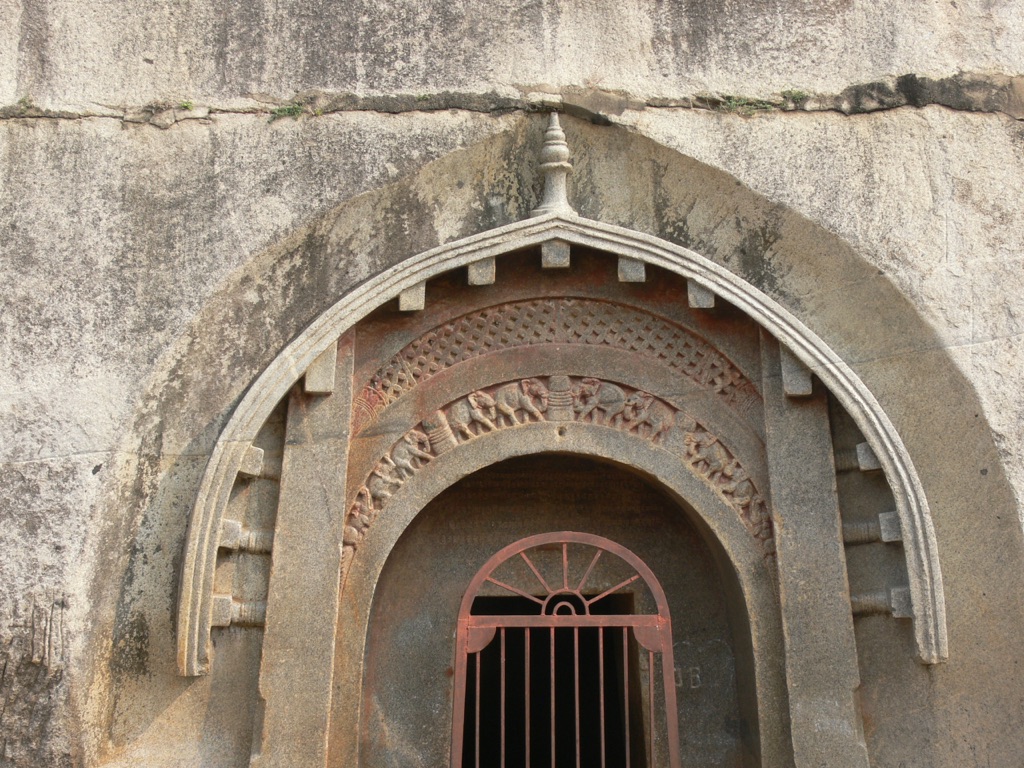
Ancient Echoes in Stone
Within the cave, the polished walls resonate with an aura of mystery and reverence. The echo effect here was once thought to represent the voices of the gods. This unique acoustic feature continues to draw spiritual seekers and curious explorers to its confines. The preservation of the sandstone, despite centuries, is remarkable and offers a tangible connection to the past. As a silent custodian of history, Lomas Rishi Cave shares its narrative through the harmony of architecture and sculpture present within its walls.
The Enduring Legacy
The significance of Lomas Rishi Cave transcends the bounds of time, as it remains a stirring symbol of India’s enduring spiritual and architectural legacy. It plays a vital role in understanding the Mauryan empire’s societal and cultural context. For those looking to delve into ancient history, the cave offers a vivid glimpse into a civilization renowned for its philosophical depth and aesthetic achievements. Lomas Rishi Cave is not just a place but a journey through time, inviting people from around the globe to witness the splendors of a bygone era still resonating with life today.
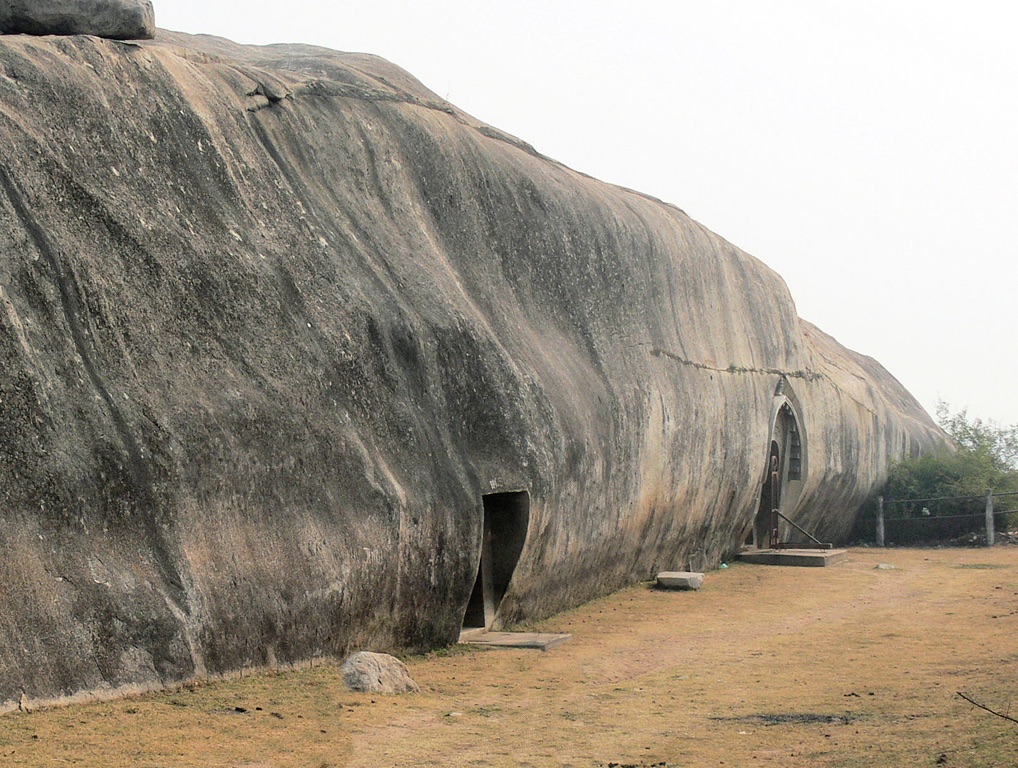
Historical Background of Lomas Rishi Cave
The Lomas Rishi Cave was discovered in the modern era by British officers during the 19th century. Its origins trace back to the Mauryan Empire, under the reign of Emperor Ashoka. The cave is one of several in the Barabar Hills, which were dedicated to Ajivika monks, a sect contemporary to early Buddhism and Jainism. The facade’s design suggests an imitation of wooden structures, indicating a transition in architectural styles. Although primarily associated with the Ajivikas, the caves may have later served as a refuge for Buddhist monks. The caves have not been the scene of any known historical events but remain a significant archaeological site for understanding ancient Indian rock-cut architecture.
Archaeologists attribute the construction of the Lomas Rishi Cave to the Mauryan period, specifically during the reign of Emperor Ashoka. The cave’s entrance is adorned with an elaborate facade, which is unique among the Barabar Caves. The interior hall, with its highly polished surfaces, showcases the technical skill and aesthetic sensibilities of Mauryan craftsmen. The cave’s purpose is believed to have been religious, providing a space for meditation and retreat for the Ajivika monks.
Over time, the cave may have seen different inhabitants. While initially created for the Ajivikas, evidence suggests that Buddhist monks might have used the caves in later periods. The presence of Ashokan inscriptions links the caves to the Mauryan emperor’s policy of religious tolerance and patronage. The caves, including Lomas Rishi, stand as a silent witness to the religious and cultural dynamics of ancient India.
The Lomas Rishi Cave has not been directly associated with any significant historical events. However, its existence provides insight into the Mauryan Empire’s social and religious fabric. The cave’s architecture and inscriptions offer valuable information about the era’s art, religion, and language. The site’s historical importance lies in its role as an early example of the architectural prowess that would later define Indian rock-cut architecture.
Despite its quiet existence through the centuries, the Lomas Rishi Cave captures the imagination of historians and tourists alike. Its discovery by British officers brought it to scholarly attention, allowing for a greater appreciation of India’s ancient architectural traditions. The cave’s historical significance is underscored by its status as a precursor to later architectural developments in the Indian subcontinent.
The Cave’s Distinctive Architecture
The façade of the Lomas Rishi Cave mimics traditional wooden structures, unique among rock-cut caves. This distinctive stylistic choice presents an architectural conundrum, revealing advanced conceptual designs transcending the materials used. The cave’s entrance, shaped like a horseshoe arch, became a blueprint for future religious arches in Indian culture. This sublime fusion of form and function has attracted scholars and visitors for its aesthetic brilliance and historical significance.
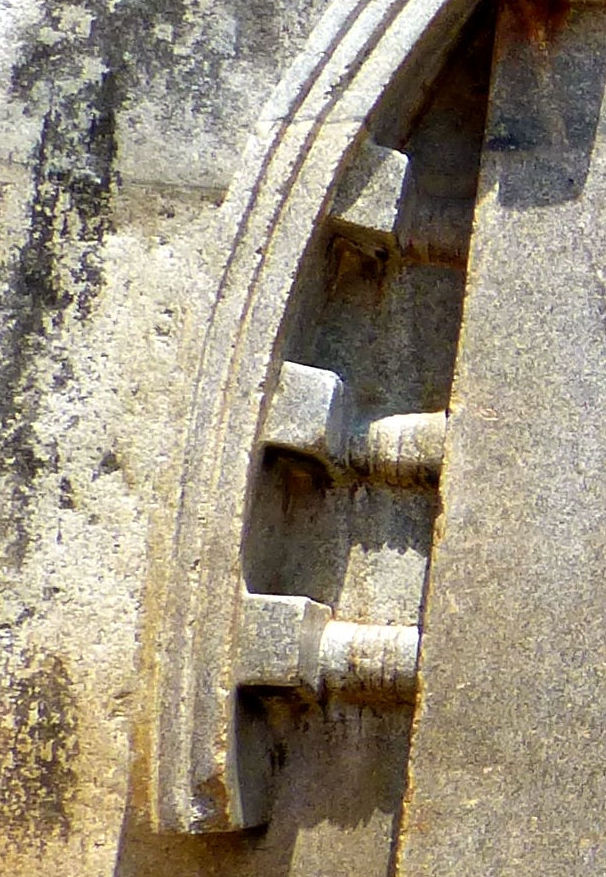
Cultural and Spiritual Hub
Through the centuries, Lomas Rishi Cave has witnessed the ebb and flow of different beliefs. Although originally intended for the Ajivikas, it eventually became a space shared among various religious orders, including early Buddhists and Hindus. Such a place of convergence illustrates the cultural tolerance of the time. Today, it offers a physical link to an era where spirituality and philosophy drove societal norms, and this site played a central role in those exchanges.
Despite the natural decay over millennia, the Lomas Rishi Cave has managed to maintain much of its original splendor, allowing visitors to experience a taste of ancient spiritual life. The cave’s interior, with its polished walls and dark, serene chambers, still exudes an atmosphere of tranquil contemplation, much like it would have in ancient times. These peaceful qualities echo the cave’s purpose as a retreat for meditation and reflection.
Given its historical and architectural value, the Lomas Rishi Cave is not just an ancient relic but a bridge connecting the present to a rich past. For history enthusiasts, the cave serves as an enlightening case study of the advanced civilization that thrived over two thousand years ago. For those seeking a more profound connection, it is a place of contemplation, echoing the spiritual quests of its original inhabitants. This site embodies the continuity of history, culture, and the human pursuit of transcendence.

The Discovery of Lomas Rishi Cave
Unveiling the Hidden Sanctuary
Hidden within the Barabar Hills for centuries, the Lomas Rishi Cave was out of sight from the modern world. It wasn’t until British explorers during the colonial period chanced upon this secluded marvel that it came to be known. The exact moment of discovery is shrouded in the mists of early 19th-century exploration. However, what is clear is the sense of awe that the British officers felt upon encountering the cave, with its imposing arched entrance and hauntingly smooth interiors.
The Archival Records and Reports
Sifting through colonial archives, one can trace the cave’s formal documentation to the early 1800s. Records detail the surprise and fascination of British army officers and indologists who diligently catalogued their findings. Their accounts speak of ‘extravagant rock cuttings’ and an ‘aura of ancient piety’. Despite being centuries old, the cave’s artwork and structural integrity captivated its modern discoverers.
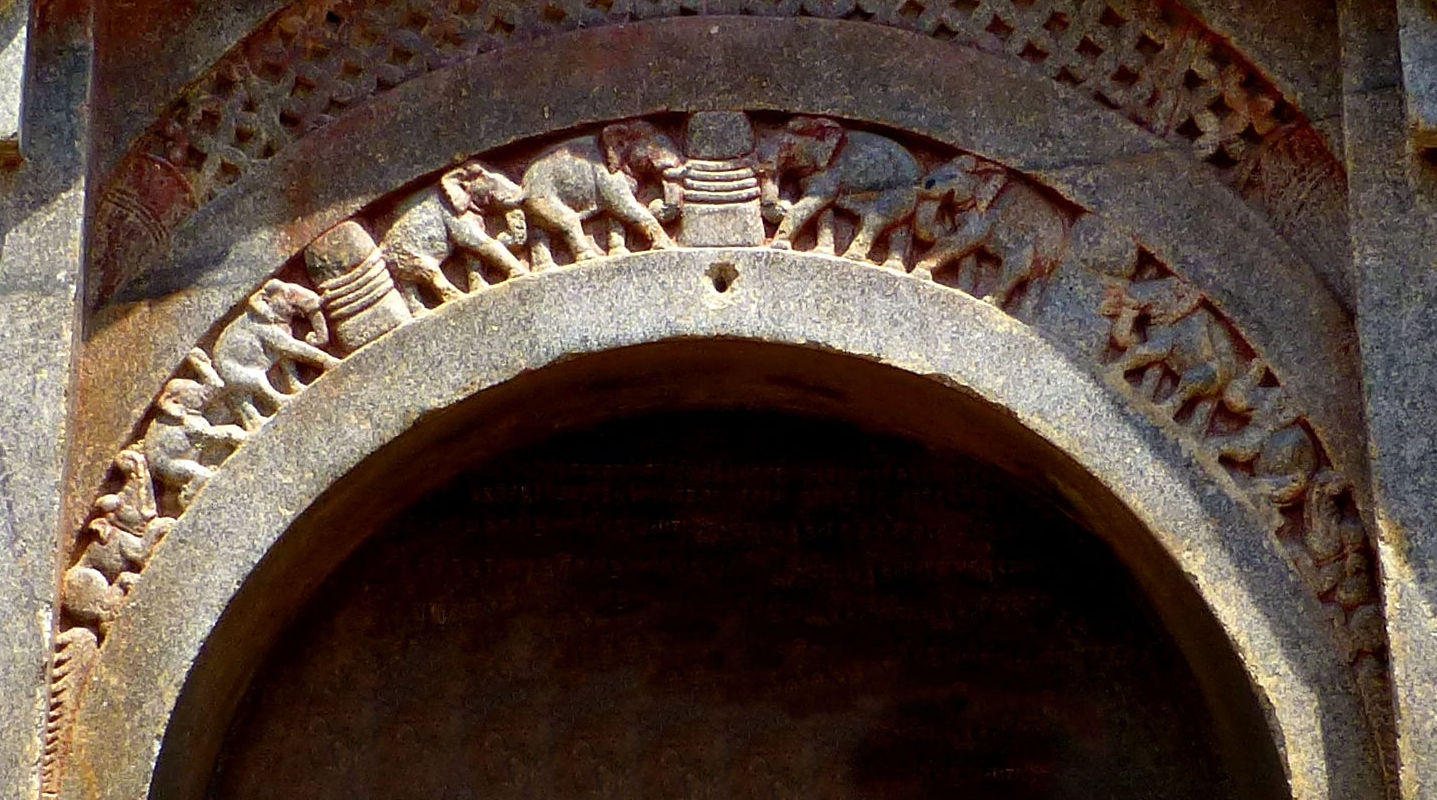
Impact on Archaeological Studies
The uncovering of the Lomas Rishi Cave proved to be a watershed moment in Indian archaeology. It stimulated further expeditions and research into the region’s history. Archaeologists found themselves drawn to the Barabar Hills, inspired by the explorers’ initial reports. This led to a deeper understanding of the Mauryan era and the development of rock-cut architecture in India.
The discovery also cast light on the Ajivika sect, a then little-known ascetic group. Scholars pieced together details of their influence on Mauryan society through the cave’s iconography and architectural style. Thus, this hidden cave suddenly provided a voice to a nearly forgotten piece of Indian history.
Today, Lomas Rishi Cave stands as a prominent historical site, visited by those interested in India’s Buddhist era. The circumstances of its finding remind us that history often lingers in quiet corners, waiting to be rediscovered. The cave’s revelation to the modern world has enriched historical narratives, expressing the depth and diversity of India’s ancient civilizations.
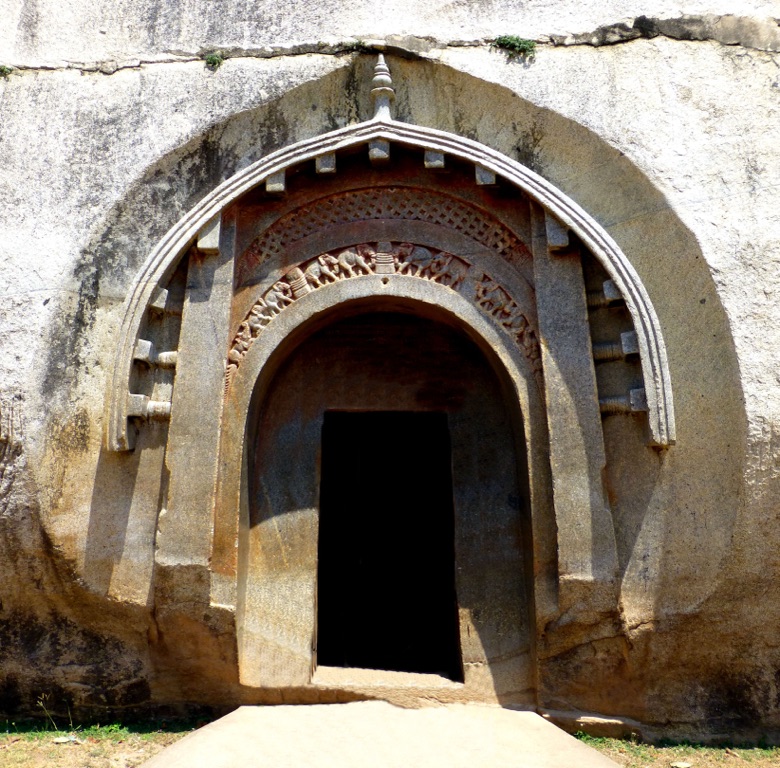
Cultural Significance, Dating methods, Theories and Interpretations
Chronicle of Cultural Significance
The Lomas Rishi Cave is a beacon of India’s ancient cultural landscape. It stands as a testament to the Mauryan Empire’s commitment to religious diversity and artistic expression. For centuries, this cave has been linked closely with the Ajivikas, highlighting the spiritual complexities of ancient Indian society. It serves as a testament to the artistic and architectural advancements that have long been integral to India’s identity. The enchanting carvings and structural designs resonate with the spiritual quest that was paramount during its inception.
Assessing the Age: Dating Methods Explored
While the architectural style of Lomas Rishi Cave points to a Mauryan origin, precise dating has always been challenging. Historians and archaeologists have used comparative dating methods, juxtaposing cave features with known Mauryan artifacts. Such analysis suggests a 3rd-century BCE construction, aligning with Emperor Ashoka’s reign. However, these dating techniques remain inferences rather than certainties, dependent as they are on stylistic interpretations and existing – though incomplete – historical records.
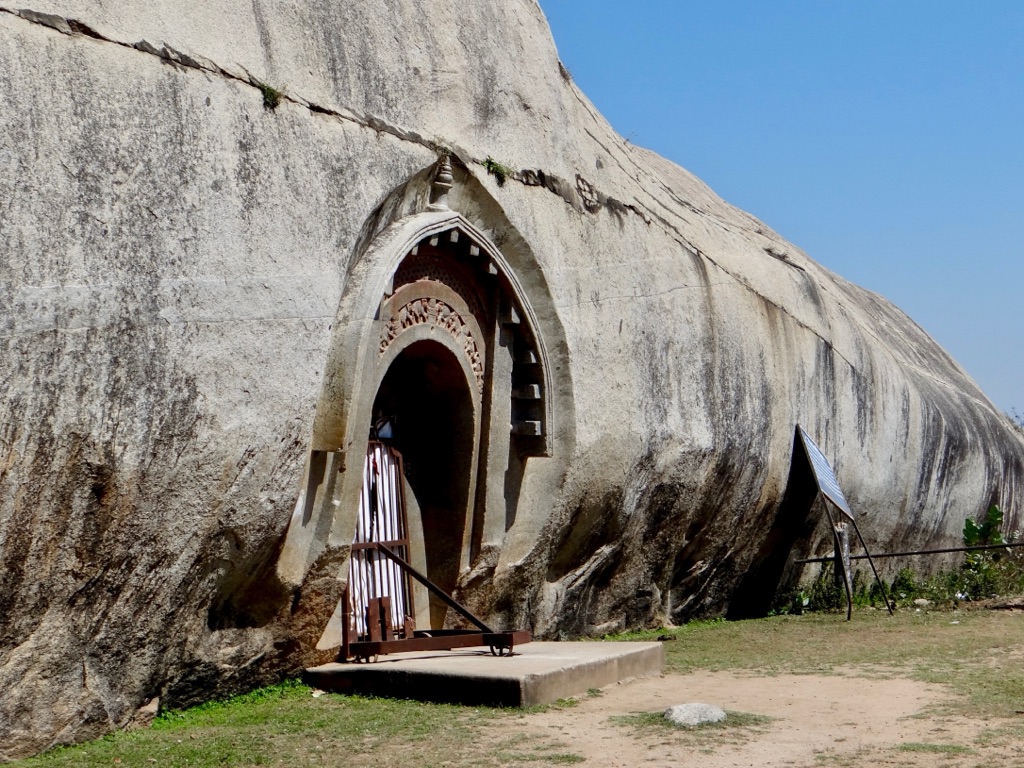
Theories Engraved in Stone
Among scholars, there are various theories about the Lomas Rishi Cave’s original purpose and the meanings behind its ornate carvings. Some interpret the cave as an abode for inner enlightenment, while others view it as a symbol of imperial grandiosity. Debate also centers on the cave’s acoustic properties—whether they were intentional for ritual chanting or a serendipitous byproduct of its construction. These discussions enrich our understanding but also show there’s much about Lomas Rishi Cave we may never fully comprehend.
The cave’s architecture, particularly the unique visage of its entrance, prompts interpretations that span from practicality to symbolism. The entrance could be thought of as a portal from the physical world to a spiritual one, a common theme in many ancient religions. Additionally, the cave’s preservation allows for interpretations of its historical use, informed by wear patterns and residue analysis of ritualistic materials.
As a source of historical mystery and cultural pride, the Lomas Rishi Cave continues to inspire analysis and interpretation. It poses as many questions as it answers, inviting both the casual visitor and the studious historian to ponder its past. Each theory adds a layer to our understanding of this enigmatic structure, ensuring that the Lomas Rishi Cave remains a focal point of historical discourse and study.
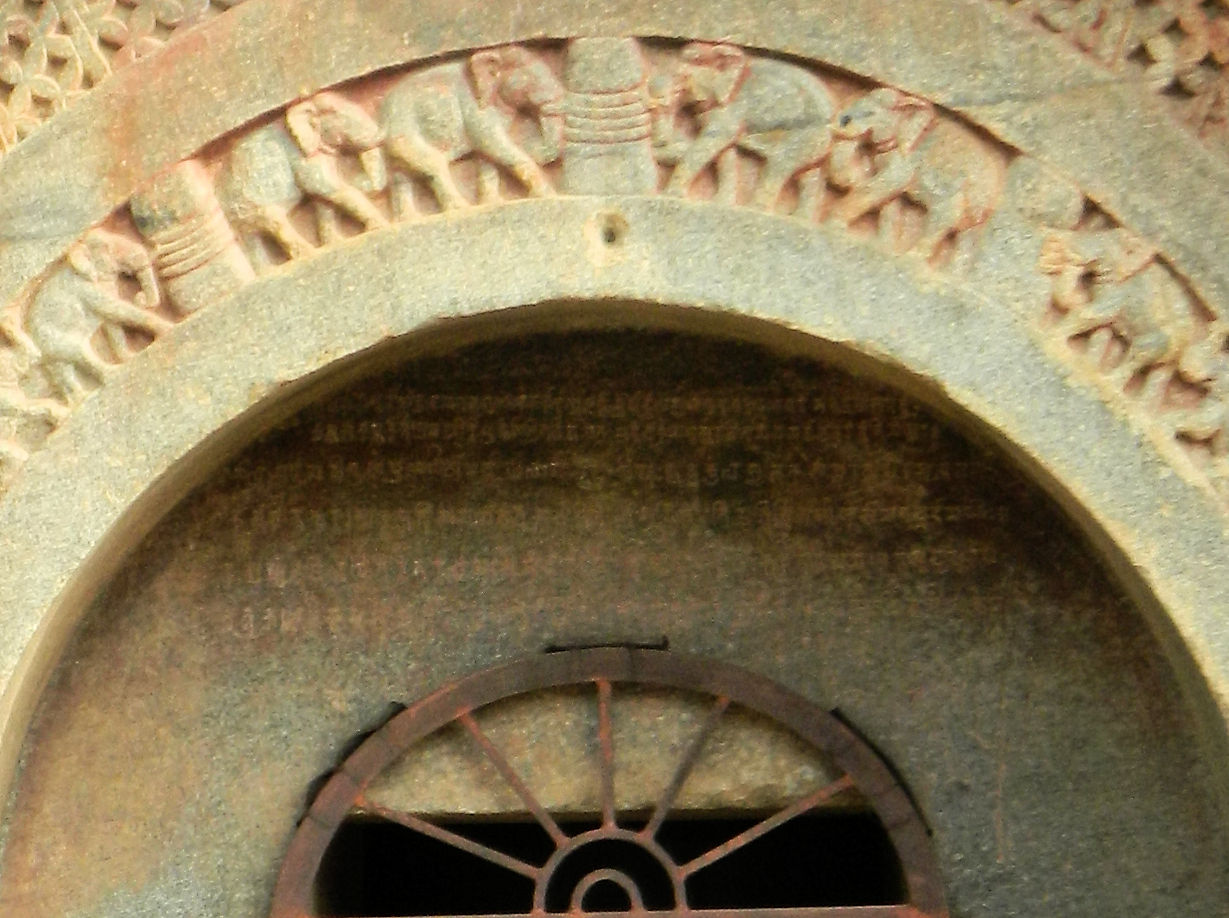
Conclusion and Sources
In conclusion, the Lomas Rishi Cave offers an invaluable glimpse into the religious, cultural, and artistic world of ancient India. Its intricate carvings and architectural prowess reflect a civilization that valued spiritual enlightenment and aesthetic beauty. Despite the uncertainties that shroud its origins and purpose, the cave continues to captivate scholars and laypersons alike, serving as a monumental legacy of the Mauryan Empire. As explorations and interpretations evolve, Lomas Rishi Cave will undoubtedly continue to spark curiosity and offer insights into India’s bygone eras.
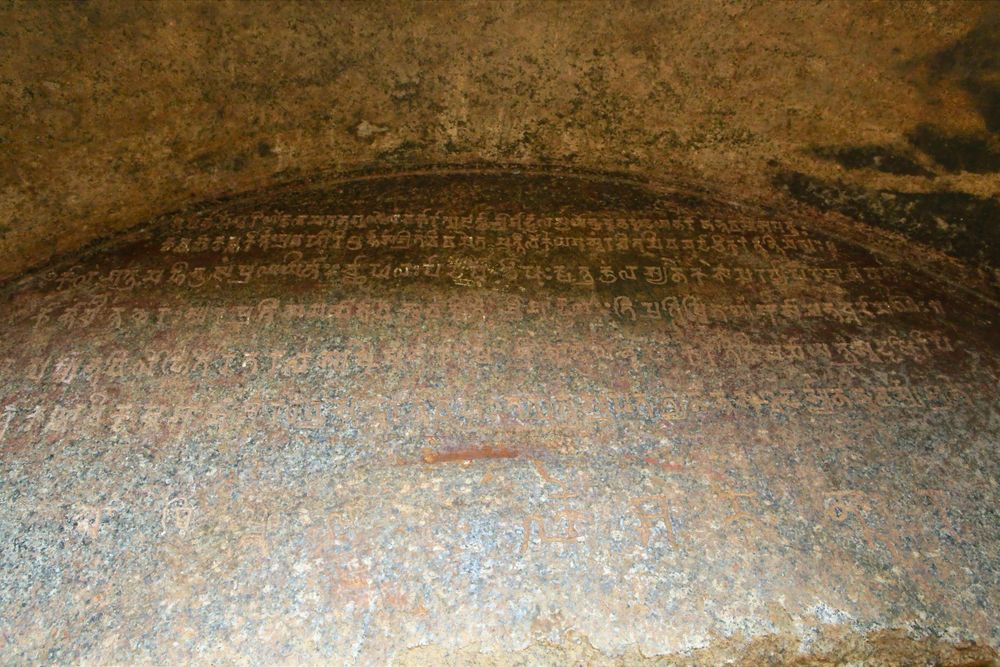
For further reading and to validate the information presented in this article, the following sources are recommended:
Or you can check any of these reputable archaeological and historical texts:
Thapar, R. (2004). ‘Early India: From the Origins to AD 1300’. University of California Press.
Ray, H.P. (2003). ‘Monastery and Guild: Commerce Under the Satavahanas’. Oxford University Press.
Coningham, R. & Young, R. (2015). ‘The Archaeology of South Asia: From the Indus to Asoka, c.6500 BCE – 200 CE’. Cambridge University Press.
Fergusson, J. (1880). ‘Rock-cut Temples of India’. John Murray, London.
Magadha, R. (2019). ‘The Ajivikas: A long-lost school of Indian philosophy’. Journal of Ancient Indian History, 1(2), 150-164.
